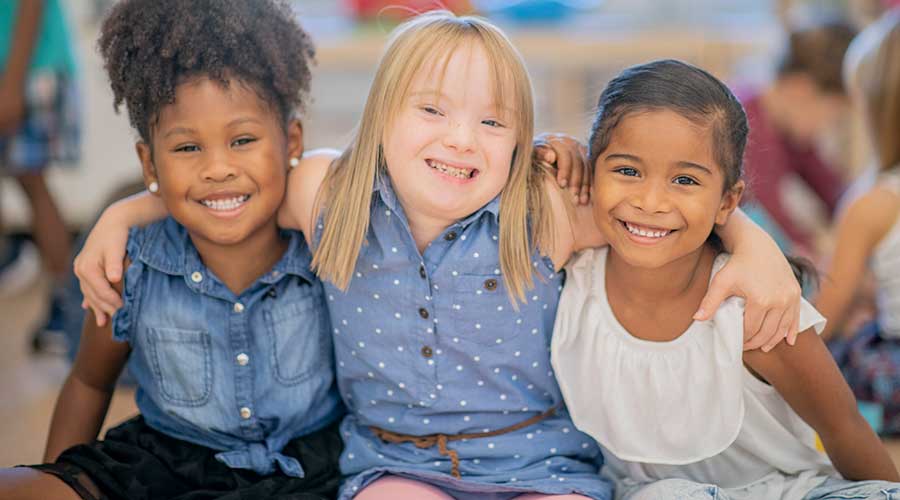Recall the law:
Districts “must take steps, including the provision of supplementary aids and services determined appropriate and necessary by the child’s IEP Team, to provide nonacademic and extracurricular services and activities in the manner necessary to afford children with disabilities an equal opportunity for participation in those services and activities. (b) Nonacademic and extracurricular services and activities may include counseling services, athletics, transportation, health services, recreational activities, special interest groups or clubs sponsored by the public agency.” 300.107
“In providing or arranging for the provision of nonacademic and extracurricular services and activities, including meals, recess periods, and the services and activities set forth in 300.107, each public agency must ensure that each child with a disability participates with nondisabled children in the extracurricular services & activities to the maximum extent appropriate to the needs of that child.. (the school) must ensure that each child with a disability has the supplementary aids and services determined by the child’s IEP Team to be appropriate and necessary for the child to participate in nonacademic settings.” 300.117
The IEP must include “A statement of the special education and related services and supplementary aids and services, based on peer-reviewed research to the extent practicable, to be provided to the child, or on behalf of the child, and a statement of the program modifications or supports for school personnel that will be provided to enable the child— (i) To advance appropriately toward attaining the annual goals; (ii) To be involved in and make progress in the general education curriculum in accordance with paragraph (a)(1) of this section, and to participate in extracurricular and other nonacademic activities;” 300.320(a)(4)
Chuck Noe’s Response:
Sometimes students with disabilities are provided recess and lunch when other students are not around, and sometimes other students are around, but the two groups are kept separate. This may be done for safety, administrative convenience, management or philosophical reasons. It is easier to manage or supervise students when there are fewer of them, but this is not addressing the children’s needs or IDEA rules. Small groups of students with and without disabilities can be created to allow social interactions. This is often done in some inclusive classrooms.
Students learn and practice social skills when they are around and interacting with others. Socializing with others outside of our normal group at lunch and other less structured times is natural and helpful. Often decisions on inclusion are made at the administrative level. Decisions regarding students with disabilities receiving a free and appropriate public education (FAPE), which includes participating in activities with their non-disabled peers are to be individualized. While it may not be appropriate for all of a special education class to eat lunch with their non-disabled peers, it may be appropriate and needed for specific children.
The federal law makes it clear that participating with non-disabled peers is important in academic and nonacademic activities.
Possible Parent Responses:
“My child needs to practice the skills that he is learning in the social skills group. Recess and lunch are times that this can be done. How can we structure these times to accomplish that?”
“I understand that there are concerns about safety, bullying, management, etc during recess/lunch. What things could we consider that would address our concerns and allow inclusion during this time?”
“What nonacademic and extracurricular activities are available to my child to provide socialization and social skills development?”

